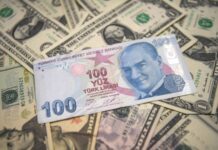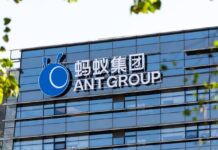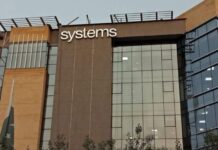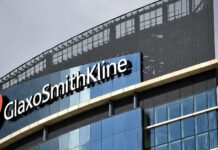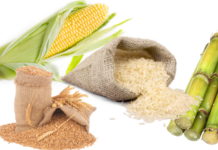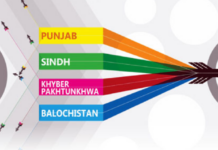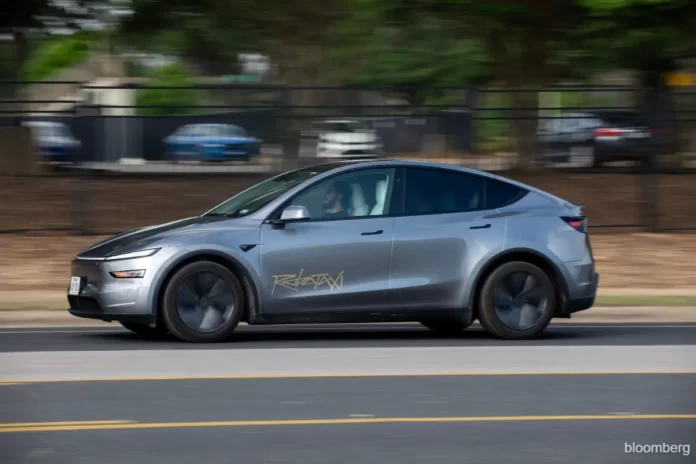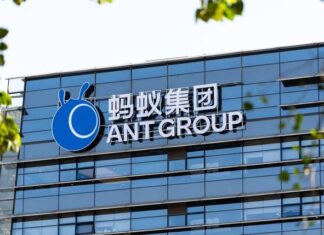Tesla has launched a small fleet of self-driving taxis in Austin, Texas, with CEO Elon Musk labeling the event the “robotaxi launch” and videos of paying riders already appearing on social media.
Teslas equipped without drivers in the front seat picked up passengers on Sunday, marking the first time the company has transported paying customers using its autonomous system.
The trial involved about 10 vehicles operating in a limited zone, each carrying a front-seat safety monitor. Rides, provided to invited influencers, cost a flat fee of $4.20, Musk said on X.
Musk described the moment as the result of “a decade of hard work” and highlighted Tesla’s in-house AI chip and software teams. The automaker first previewed the YU7 electric SUV earlier this month, but this robotaxi launch represents a major step in commercialising its self-driving ambitions.
Tesla relies solely on cameras rather than lidar or radar, diverging from its peers. Musk said the service would avoid bad weather, challenging intersections and would not carry minors under 18.
Before the trial, Texas lawmakers approved legislation requiring state permits for driverless cars. Starting Sept. 1, operators must attest that their vehicles meet “Level 4” autonomy standards. The law allows authorities to revoke permits if a vehicle poses a public safety risk.
Tesla joins other firms such as Waymo and GM’s Cruise in the race to build a profitable autonomous taxi business. However, Cruise halted operations last year following a serious accident and remains under regulatory scrutiny.
The launch in Austin is seen as “the end of the beginning,” pushing forward Tesla’s larger plan to link its electric vehicle business to a future robotaxi network—one Musk and investors believe is central to the company’s long-term growth.


